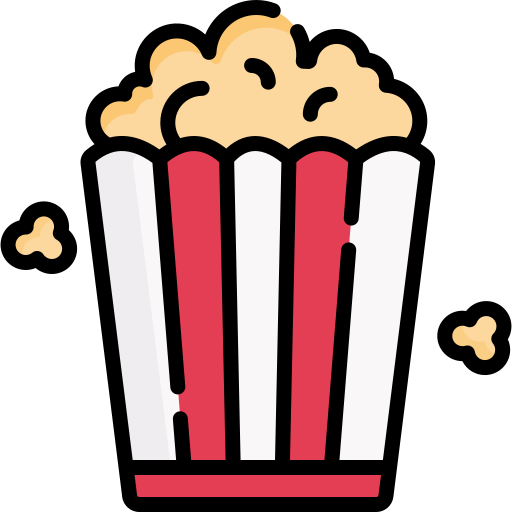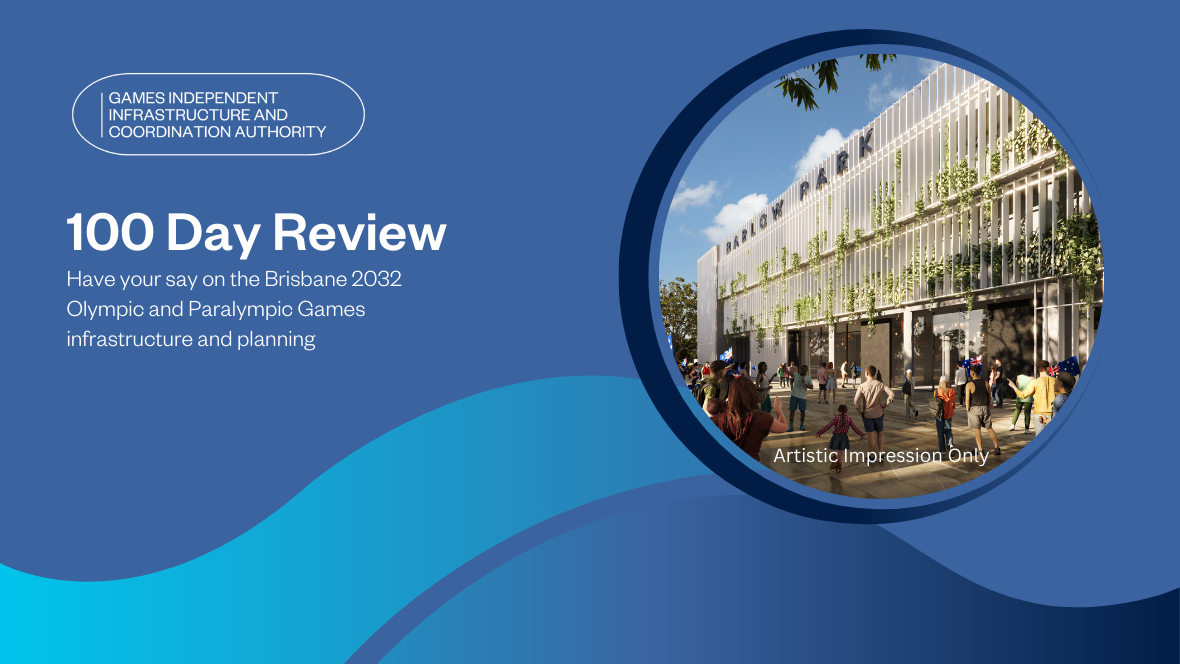Zagorath
Formerly /u/Zagorath on the alien site.
- 16 Posts
- 677 Comments

 2·20 days ago
2·20 days agoI never actually put any serious effort into using MuseScore myself before the changes, so I can’t comment from extensive personal experience.
But as a musician, I did use scores written by someone in MuseScore, as well as ones written in Sibelius. And I could always tell when it was MuseScore. I’m sure it was possible to write good looking scores in MuseScore 2, but it clearly did not make it easy. The scores were obviously inferior in terms of layout and design compared to those produced in Sibelius. Basic things like spaces between notes not being the right proportion, or dynamic markings appearing as plain italic text instead of the usual bold dynamics would be wrong in MuseScore far more often than in Sibelius.
As a general rule, a good UX should:
- Make it very, very easy to do (or discover how to do) the most common basic things, and should result in them being done in the way a user expects
- Not slow down a power user from accomplishing basic tasks at speed
- Allow easy discovery of and access to less common tasks
A lot of designed-by-software-engineer FOSS applications do a good job of 2 and an ok job of 3, but fail at 1.

 1·20 days ago
1·20 days agoInteresting. That would make his survey of rather limited value, in my opinion, because just by doing notes (including rests), durations (just from semiquaver to semibreve, including tie and dot), and accidentals, you get 18, right off the bat. Considering the ranges offered in the poll he made were 1–5, 5–10, 10–20, and 20+ (never mind the overlap if you happened to use exactly 5 or 10…), that makes it very hard for anyone who types their note input instead of hunting around slowly with the mouse to get into anything other than the top bucket. Especially since he quite explicitly said “including typical ones (like Ctrl+S, Ctrl+Z, etc.)”

 6·21 days ago
6·21 days agoUnfortunately Sibelius’s development has basically stagnated since 2012 when the new corporate owners fired the entire original development team, with only one noteworthy release of the core app (not counting side-projects like an iPad app) since then, in 2014.
I first learnt Sibelius on its pre-ribbon interface, which I think was much better (even though I loved the ribbon in MS Office). That certainly made the transfer to more modern versions easier. Still, although Sibelius has a number of specific hangups in its interface that make fairly common activities awkward and unintuitive, I really do think it has the best basic flow. When you’re just in the zone inputting notes, it’s so easy to use in a way MuseScore isn’t.
I actually take some issue with Tantacrul’s design process, because it feels like he fundamentally doesn’t understand how intermediate users like myself use the app. At one point he sent out a survey asking “how many keyboard shortcuts do you use?” in Sibelius/MuseScore etc. The problem was that he didn’t define what a keyboard shortcuts is, and when people asked for his definition, he just snarkily responded that it would be obvious. But it’s not. In Sibelius, you use your left hand on letters A–G to enter the note pitch, and your right hand on the notepad to enter rhythm values and common articulations. Slur lines and some other things can be entered during this process as well (slurs with the letter S).

Does this count as keyboard shortcuts? To me, everything I described above except maybe the slurs is actually the musical equivalent of typing text into a word processor…or a browser text box, like I’m doing right now. Does it become a “keyboard shortcut” just because it can also be done by clicking a rhythm value in a toolbar, and then clicking a location in the staff to choose pitch? I have no idea if Tantacrul thinks so, because he chose snark rather than clarifying.
Incidentally, his MuseScore design replicates this flow, but without the visual reference of the keypad toolbar that lets you learn and easily see what number to press, without requiring sheer memorisation. It’s been a while since I last tried it, but I vaguely recall having other issues with the flow being hard to work out with a keyboard. Great if you’re just slowly mousing around everywhere, but not for the intermediate user trying to get in the zone.
Which is such a shame, because he did such a fantastic job of the other stuff. The user onboarding, score setup, page layout management, etc. The attention to detail even with small things like music fonts and symbol design is impeccable.

 8·21 days ago
8·21 days agoThat whole series is absolutely brilliant, but it’s hard to go past the Sibelius one if I’m gonna go back to one. And I say that as a long-time Sibelius user who can comfortably work much faster in it than in any of the alternatives.

 132·21 days ago
132·21 days agoThe open source music notation software MuseScore used to be really, really bad. A musician and UX designer gave it a scathing review in a humorous YouTube video. And then the company behind MuseScore hired that YouTuber and spent a lot of effort doing a major redesign, and now it’s actually quite good.
All it takes is for the people in charge of the project to put aside their hubris and trust that sometimes, programmers aren’t the best designers, and to get people who are trained in designing and evaluating user interfaces to do the job. And to perform adequate user testing.
How is B different from H?
This is ridiculous. There’s no way a client calls a dolly a “pan”.
That’s obviously zooming.

 1·27 days ago
1·27 days agojlai.lu,
maybepeut-être ?

 6·27 days ago
6·27 days agoThat’s my kink.

 1·27 days ago
1·27 days agoWhere do you get torrents these days? I’ve not been doing much game piracy for nearly a decade, and TPB seems to be a shell of what it once was.

 26·28 days ago
26·28 days agoIt’s a subsystem of Windows
If I say “the life support system for the USS Enterprise”, nobody thinks that that’s a system running on the life support that gives you the USS Enterprise. It’s a system running on the USS Enterprise that gives you life support. Windows Subsystem for Linux sounds like it’s a system running on Linux that gives you access to Windows.
Do you mean @morgunkorn@discuss.tchncs.de? Or does that Community actually exist?

 2·29 days ago
2·29 days agowill that help your simple American mind
Ooh, yet more proof of functional illiteracy. Nice.

 21·29 days ago
21·29 days agoI find it funny you’re literally attacking ‘the workers’ in this case
I find it funny that you can take my attempt to engage in good-faith conversation and twist it in such a lazy and poorly-informed way.
And by “funny”, I mean disappointing. Be better.

 3·29 days ago
3·29 days agoOof, the guy complaining about how dumb sport fans are can’t figure out basic very obvious subtext.

 2·29 days ago
2·29 days agothe players are the sole revenue generating force
Is any of the broadcast stuff done by them, or is 100% of that done by other companies?
Refs are absolutely essential to a sporting league. As are coaches. Other positions are certainly important, but I think those I’ve named are essential enough to the direct revenue generation to merit a mention
Total salaries for the NFL is like 5.x billion dollars
Total total salaries, or total player salaries? Because if it’s the former, that can only make your claim stronger. If it’s the latter, well, it’s hard to say. One would have to figure out roughly how much they make to see the NFL’s overall salary costs and compare it to other businesses.
That said, the stats you’ve given mean about 20% of revenue goes to salary. This random website which happens to be the first to come up when I search for “what percentage of business’s revenue are spent on salary” suggests 20% is pretty much par for the course. That would seem to imply that footballers in the NFL are being ripped off roughly equal to the average worker, depending on the factors in the previous paragraph.

 11·29 days ago
11·29 days agoThe end of the world sounds fun
Yeah the premise of it really is. Our starting inventories were literally whatever we brought with us, plus whatever happens to be in the host’s house. The conceit we went with was that the person who’s gonna be GM is just “running late” when the apocalypse starts. It was just let down by some disappointing character stat generation methods and mechanics that weren’t very good.

















Collapses? Wish Amazon would collapse after it was revealed their magic grocery store where you just walk out with what you want was just Indians viewing CCTV.